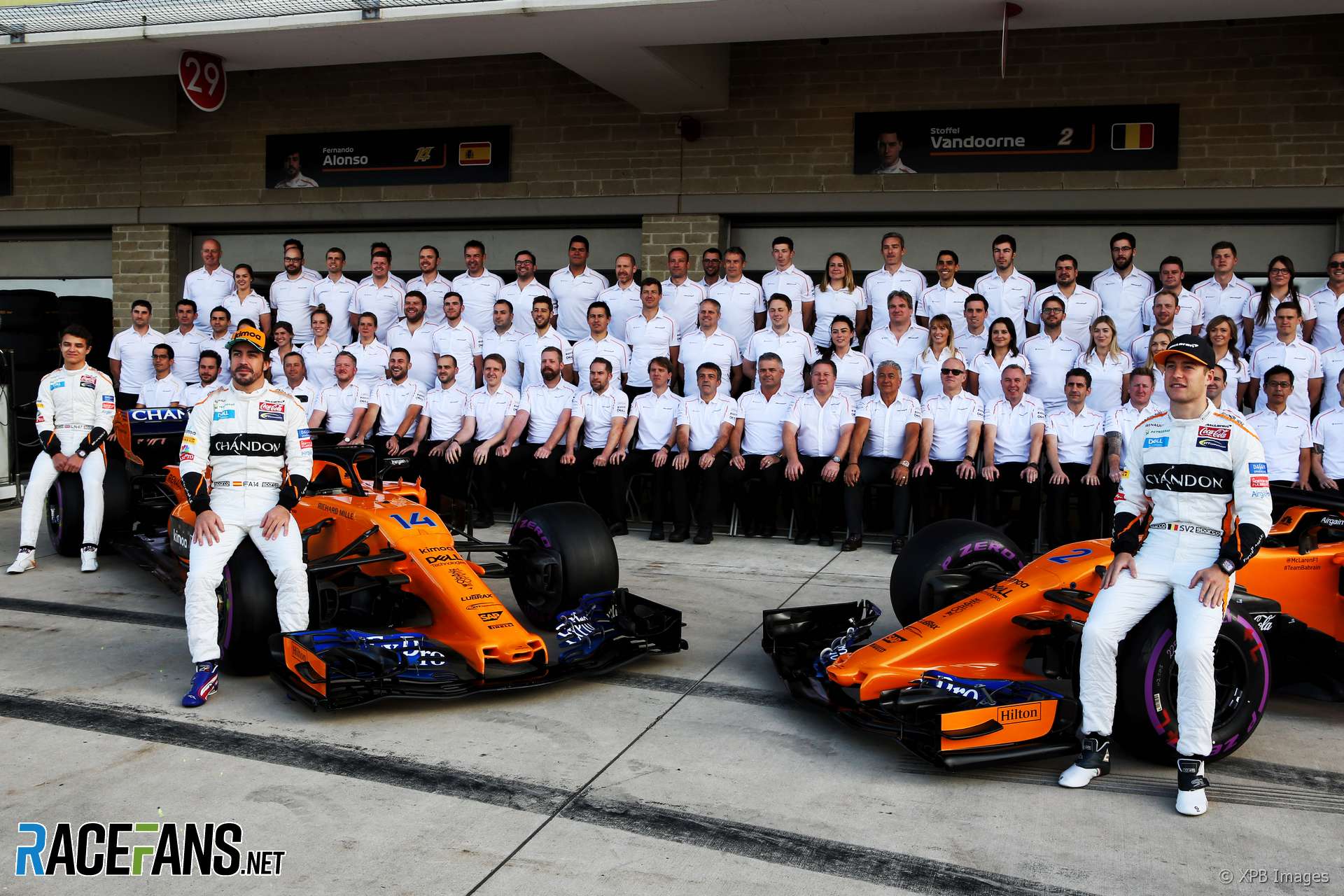

- #2019 f1 teams and drivers drivers
- #2019 f1 teams and drivers driver
- #2019 f1 teams and drivers full
Sauber will officially be entered as Alfa Romeo Racing for the 2019 season, with the Italian manufacturer expanding their influence as title sponsor.However, they will not be labelled with the name of their engine supplier. After twelve years of using engines powered by Renault, Red Bull signed a memorandum of understanding that would see them competing with engines made by Honda.Scuderia Ferrari Mission Winnow (2–6, 17–21) Ĭhanges from last season Team changes 5.2 Head-to-head: Team-mate comparisons.The two will be driving the new W10 EQ Power+ racer.
#2019 f1 teams and drivers driver
Last year’s champion constructor, Mercedes- AMG, returns to GP racing with champion driver Lewis Hamilton and teammate Valtteri Bottas. All of them are returning teams, as no major addition or exit to and from the sport happened between seasons.
#2019 f1 teams and drivers drivers
2019 Formula 1 Teams, Cars, and Drivers In 2019, ten teams and a double number of drivers will be battling to win the series. The gloves will be used to transmit data back to the medical team before, during and after a crash the helmets now feature a 10 mm lower visor to reduce the risk of impact from debris.

To increase the safety of the drivers, biometric gloves and stronger helmets are mandatory this season. The minimum weight of the Formula 1 cars – with no fuel - increased from 733 kg to 740 kg, at least 80 kg of which must be made up of the driver, his seat and driving equipment (or even ballast, positioned in the immediate cockpit area, in case of lighter drivers). In theory, this could allow heavier drivers the same advantages as everyone else.įrom the 2019 season, overtaking on race restarts will no longer be allowed until a driver has crossed the safety car line, but only after he crosses the finishing line. The increased weight of the car means that from now on the weight of the driver will be taken into account separately.
#2019 f1 teams and drivers full
This, Formula 1 says, will allow pilots to use the engine at full power at all times. Regulation changes for the drivers One of the biggest changes drivers will experience is the increase in fuel allowance, from 105 kg to 110 kg. Their word will come in writing.įor the sake of tradition, Formula 1 will continue to show the chequered flag at the end of the race, but the event will not officially end until the chequered light panel flashes. Mostly, organizers will take the teams’ word for it that the racer cars meet regulations. These lights must always be on when the car is fitted with intermediate or wet-weather tires.įormula 1 cars will no longer be checked at the start of every GP weekend, although random checks will be performed. To increase visibility in poor weather conditions, all 2019 Formula 1 cars will feature two additional LED rear lights, positioned on each of the end plates. Pirelli, the official tire supplier of the competition, will however have five compounds to choose from, depending on the circuit. As such, the tires will no longer be known as hypersoft, ultrasoft and supersoft, but will be color-coded.Ī white marking means a hard tire, yellow stands for medium and red marks soft tires. According to F1 engineers, the bigger hole thus created benefits the cars slipstreaming behind.Ī major change for the 2019 Formula 1 season is the adoption of only three tire colors, as a means to make understanding strategy easier for fans. The height of the wing has been increased by 200 mm, and the width has grown by 100 mm. To better distribute the airflow of the revised front wing, 150 mm smaller barge boards have been repositioned forward by 100 mm.Ĭorresponding to a wider front wing, the rear wing too has been revised, this time to help chasing cars stay closer. The part is 200 mm wider and 200 taller than before, while at the same time being moved forward by an extra 25 mm. To help chasing drivers trail the car in front closer, the 2019 F1 cars are fitted with a wider and higher front wing. Regulation changes for cars There are three major changes in design and functionality this year for Formula 1 cars, accompanied by a few styling and safety-oriented ones.

The changes in regulations have led to modifications of the cars and the revising of the team strategies, and even more changes are planned for next year. For 2019, the number of regulation changes imposed by the organizers are significant, and are all meant to make the competition more spectacular in the hands of Liberty Media.


 0 kommentar(er)
0 kommentar(er)
